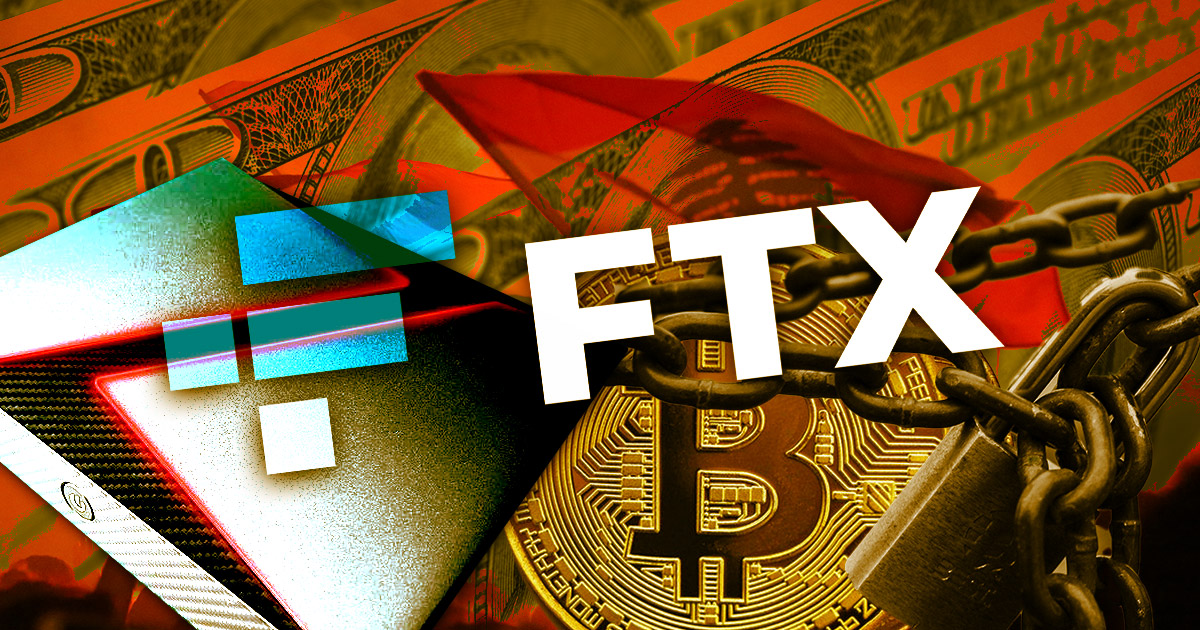A bankruptcy judge has heard both sides of a debate on whether FTX should face an independent examination, according to a Feb. 6 report from Reuters.
That report indicated that U.S. Bankruptcy Judge John Dorsey listened to arguments from FTX and the Department of Justice (DOJ) during a hearing today.
The DOJ previously urged the judge to appoint an independent examiner to investigate allegations of fraud and other wrongdoing within FTX and its associated companies. U.S. Trustee attorney Juliet Sarkessian said that an investigation of this type is mandatory in large bankruptcy cases whenever the DOJ suggests it should occur.
James Bromley, the attorney for FTX, attempted to counter the DOJ’s recommendation. He told the judge that the DOJ’s proposed investigation should not occur due to the vague and all-encompassing nature that such an examination would entail.
Supposedly, the examination would impose costs on FTX and lengthen the company’s attempts to compensate users in the aftermath of its November collapse.
FTX’s replacement CEO, John Ray III, backed the attorney’s arguments. He noted that the company has so far answered hundreds of requests for information and produced tens of thousands of documents for government bodies both inside and outside the United States. Ray also said that granting investors access to FTX’s systems could introduce a cybersecurity risk, potentially destroying value within the company.
Ray additionally referred to his involvement in past bankruptcy cases for Enron and Residential Capital. He said that court-appointed examiners in those cases were expensive — costing $90 million and $100 million respectively — but ultimately not useful. He called those examinations “very shallow – sort of a mile wide and inch deep.”
Sources outside of Reuters suggest that the judge now wants the parties involved to reach a “consensual resolution” and provide an update on Wednesday.
Previously, various U.S. senators urged the court to appoint an independent examiner to look into FTX’s activities in a letter published on Jan. 9.
Credit: Source link































